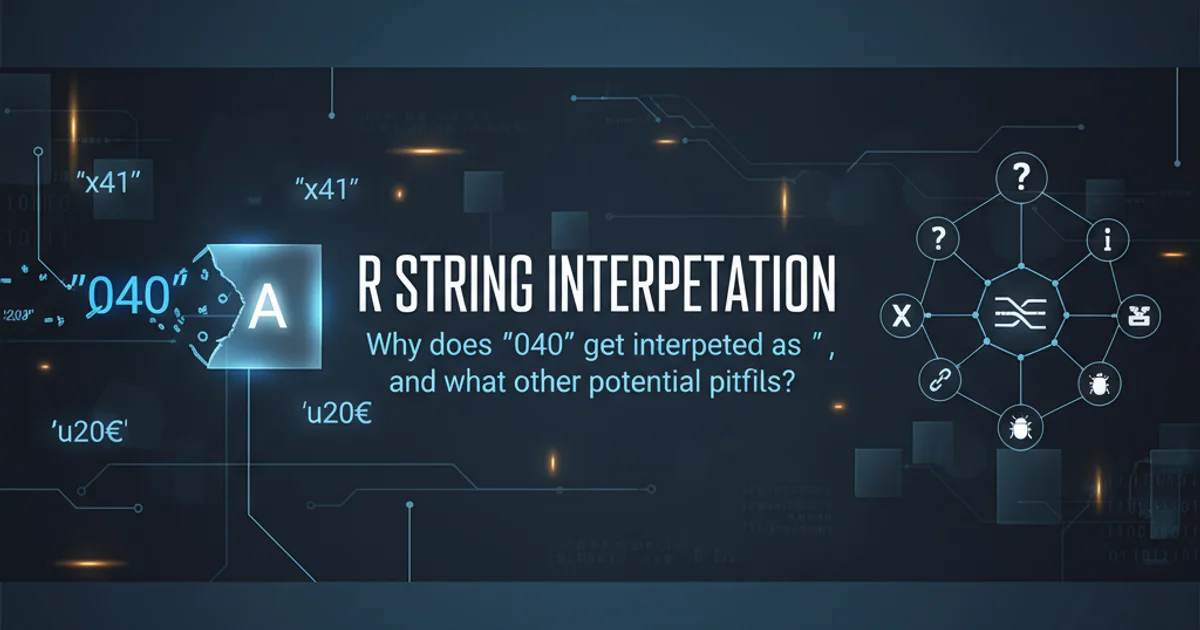How can I inspect element in an Android browser?
Categories:
Inspecting Elements in Android Browsers: A Developer's Guide

Learn how to effectively use developer tools to inspect and debug web pages on Android devices, covering Chrome DevTools and alternative methods.
Debugging web applications on mobile devices is crucial for ensuring a seamless user experience across all platforms. While desktop browsers offer robust developer tools, inspecting elements directly on an Android device's browser can be a bit different. This article will guide you through the primary methods for inspecting elements in an Android browser, focusing on Google Chrome's powerful remote debugging capabilities and touching upon other approaches.
Remote Debugging with Chrome DevTools
The most comprehensive and widely used method for inspecting web content on an Android device is remote debugging via Google Chrome DevTools. This allows you to connect your desktop Chrome browser to a Chrome instance running on your Android device, giving you full access to elements, styles, console, network, and more, just as if you were debugging a desktop page.
sequenceDiagram
participant DesktopPC as Desktop Chrome
participant AndroidDevice as Android Device (Chrome)
participant USB as USB Cable
DesktopPC->>AndroidDevice: Connect USB cable
AndroidDevice->>AndroidDevice: Enable USB Debugging
AndroidDevice->>AndroidDevice: Open Chrome on device
DesktopPC->>DesktopPC: Open chrome://inspect
DesktopPC->>AndroidDevice: Select device and inspect tab
AndroidDevice-->>DesktopPC: Forward web content to DevTools
DesktopPC->>DesktopPC: Inspect elements, console, network
DesktopPC-->>AndroidDevice: Send commands (e.g., style changes)Sequence diagram for remote debugging setup with Chrome DevTools.
1. Enable Developer Options on Android
On your Android device, go to Settings > About phone (or About tablet). Tap Build number seven times. You should see a message indicating that Developer options have been enabled.
2. Enable USB Debugging
Go back to Settings, then enter System > Developer options. Find and enable USB debugging.
3. Connect Device to Computer
Connect your Android device to your computer using a USB cable. If prompted on your device, allow USB debugging for your computer.
4. Open Chrome DevTools on Desktop
On your desktop computer, open Google Chrome and navigate to chrome://inspect/#devices. Ensure Discover USB devices is checked.
5. Inspect the Target Page
Your connected Android device should appear in the chrome://inspect window. Under your device, you'll see a list of open Chrome tabs. Click the inspect button next to the tab you wish to debug. A new DevTools window will open, mirroring the content of your Android browser tab.
Inspecting Elements Directly on Device (Limited)
While remote debugging is the most powerful, there are limited ways to inspect elements directly on the Android device itself, though these are far less robust than desktop DevTools. Some browsers offer basic 'View Source' functionality, and certain third-party apps attempt to provide on-device inspection. However, these usually lack the interactive element selection and style manipulation capabilities of full developer tools.
Troubleshooting Common Issues
Sometimes, setting up remote debugging can be tricky. Here are a few common issues and their solutions:
- Device Not Appearing: Double-check that USB debugging is enabled on your device and that you've authorized your computer. Ensure your USB cable is functional for data transfer. Restarting both Chrome on your desktop and the browser on your device can also help.
- 'Offline' Status: This often indicates a problem with the USB connection or driver. Try a different USB port or cable. On Windows, you might need to install specific ADB drivers for your device.
- Blank DevTools Window: If the DevTools window opens but remains blank, try closing and reopening it. Sometimes, network issues or a slow connection between the device and desktop can cause this.
By following these steps, you should be able to effectively inspect and debug web pages running on your Android device, leveraging the full power of Chrome DevTools. This capability is indispensable for responsive web design and ensuring your web applications perform optimally on mobile.